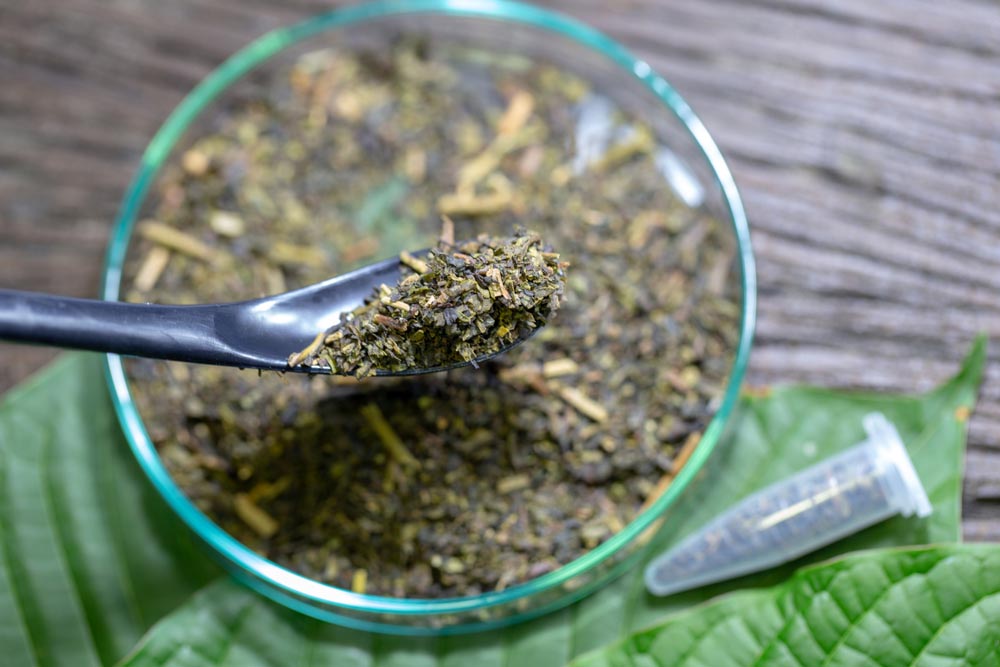Bali Kratom, a popular strain of the kratom plant Mitragyna speciosa, has garnered attention for its unique effects on the body and mind. Originating from the lush, tropical regions of Bali, Indonesia, this kratom strain is renowned for its distinct balance of stimulating and sedative properties. The science behind Bali Kratom involves understanding its active compounds, particularly mitragynine and 7-hydroxymitragynine, which interact with the body’s opioid receptors and other neurotransmitter systems. Mitragynine, the primary alkaloid in Bali Kratom, functions as a partial agonist at the mu-opioid receptors. This interaction can lead to pain relief, mood enhancement, and, in some cases, a mild euphoria. Unlike pure opioids, which are full agonists and can lead to significant dependency issues, mitragynine’s partial agonism provides more moderated effects. This can contribute to Bali Kratom’s reputation for providing a balanced experience, offering both stimulating and calming effects depending on the dose.

In addition to mitragynine, 7-hydroxymitragynine plays a crucial role in the strain’s effects. This alkaloid is present in smaller quantities but is significantly more potent in its interaction with opioid receptors. It is often associated with stronger pain relief and more pronounced sedative effects, making Bali Kratom a choice for individuals seeking relief from chronic pain or stress. The effects of Bali Kratom can vary based on dosage. At lower doses, users may experience increased energy, enhanced focus, and sociability, akin to the effects of a mild stimulant. This can be attributed to kratom’s interaction with adrenergic receptors, which play a role in the body’s stress response and alertness. At higher doses, the sedative properties become more pronounced, leading to relaxation, pain relief, and in some cases, sleepiness. This dual effect is what makes Bali Kratom versatile, catering to different needs depending on the situation.
Moreover, Happy Go Leafy Bali Kratom’s impact on the mind involves complex interactions with neurotransmitters. The strain may influence serotonin and dopamine levels, contributing to mood stabilization and improved emotional well-being. This modulation can help alleviate symptoms of anxiety and depression for some users, though it is essential to approach kratom use with caution due to its potential for dependency and withdrawal symptoms, particularly with prolonged use. The safety and efficacy of Bali Kratom remain subjects of ongoing research. While some users report positive effects, others may experience adverse reactions or side effects, such as nausea, dizziness, or gastrointestinal issues. As with any substance that affects the central nervous system, individuals should be mindful of dosage, potential interactions with other medications, and the legal status of kratom in their region.
